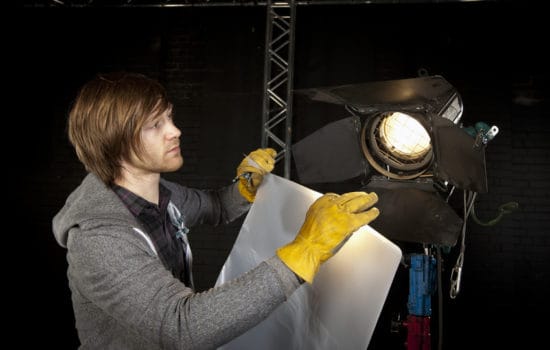Ever notice when a movie character looks directly at you or even begins to talk to you through the screen? That’s breaking the fourth wall.1
With the rise of mockumentary films and television, breaking the fourth wall has become a common trope. That being said, it’s been a storytelling technique for decades, as this scene in Annie Hall (1977) demonstrates.
It’s a technique used specifically for that character to acknowledge the audience and even engage with them.
What are the first, second, third, and fourth walls?
When we refer to the fourth wall, we’re harkening back to when storytelling was reserved for the stage. In such cases, the first three walls were comprised of the back and side walls of a stage. The fourth wall was the invisible line of the front of the stage between the performers and audience. Though film and television are nearly always seen in only one dimension, “breaking the fourth wall” is when a character directly addresses the person watching them through the screen.























